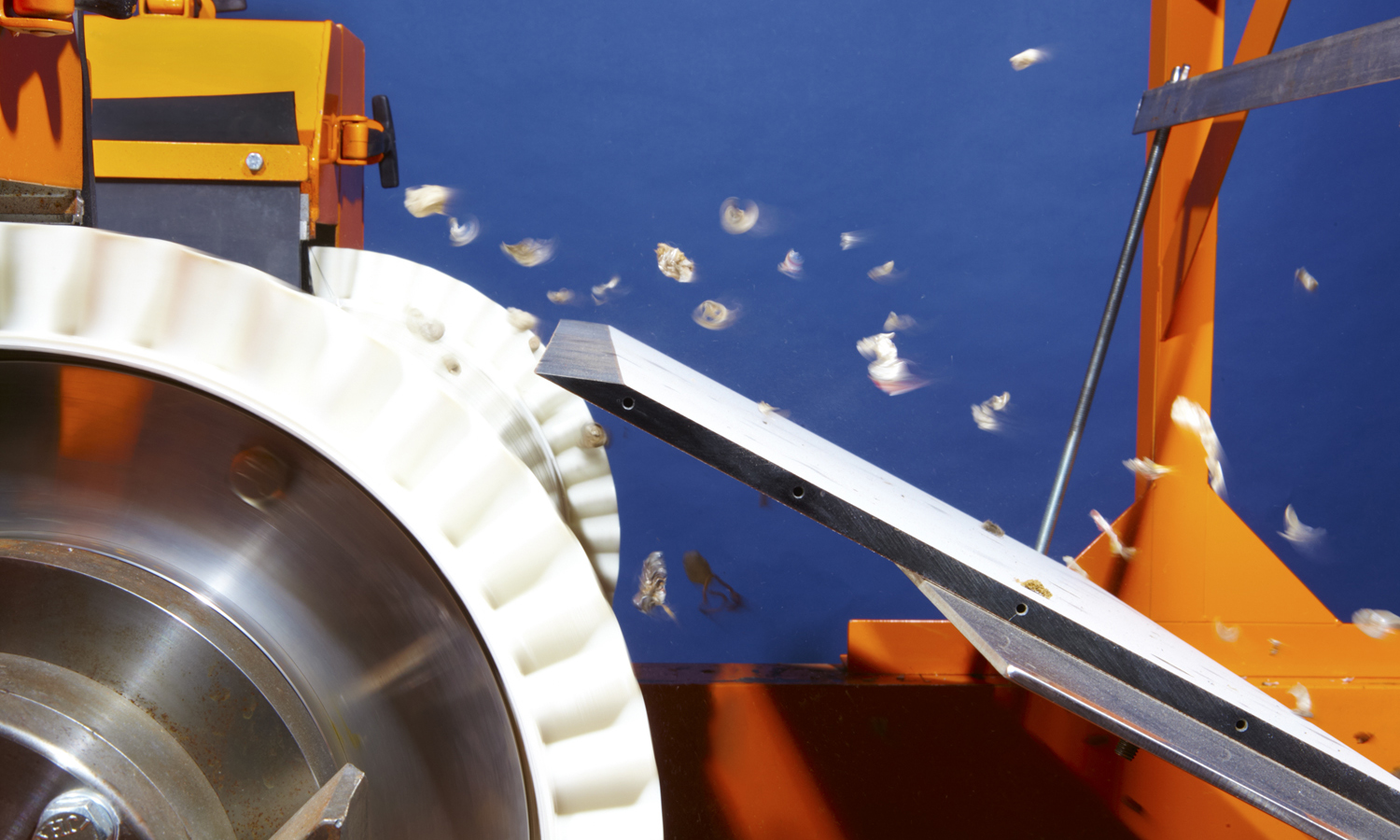
Eriez’ new “Processing Zurik to Zorba” white paper highlights separation equipment that efficiently upgrades Zurik to a more desirable and profitable Zorba fraction while also reducing scrapyard fire hazards.
The whitepaper, written by Eriez Recycling market manager Mike Shattuck, explains that stockpiles of Zurik generate a significant fire risk due to the hot metals surrounded by flammable debris. It details the procedure of transforming relatively low value Zurik material into a copper-rich, high value Zorba product that is easier to market and sell. The paper explains that the size reduction and liberation of Zurik is key to ensuring this process improves profitability.
“By upgrading Zurik into Zorba, a processor transforms difficult to market, low-value Zurik that can be a fire hazard into a high grade, highly sought-after and copper-rich Zorba," said Shattuck says. "This copper-rich Zorba also commands a higher price than standard Zorba and is also easier to market and sell.” Additionally, this system creates a fine saleable stainless steel product.”
According to the whitepaper, equipment utilized within the Zurik to Zorba process consists of a ring mill, small drum type magnetic separator, high-frequency eddy current separator and a stainless steel magnetic separator. Achieving maximum recovery and grade of the Zorba (+95%) requires the technology of an ultra-high frequency eddy current separator. Standard eddy current separators are only capable of recovering material coarser in size due to less frequency changes found in this type of magnetic circuit design and the larger size distribution.
To download “Processing Zurik to Zorba,” click here.
Contact Details
Related Glossary Terms
- milling machine ( mill)
milling machine ( mill)
Runs endmills and arbor-mounted milling cutters. Features include a head with a spindle that drives the cutters; a column, knee and table that provide motion in the three Cartesian axes; and a base that supports the components and houses the cutting-fluid pump and reservoir. The work is mounted on the table and fed into the rotating cutter or endmill to accomplish the milling steps; vertical milling machines also feed endmills into the work by means of a spindle-mounted quill. Models range from small manual machines to big bed-type and duplex mills. All take one of three basic forms: vertical, horizontal or convertible horizontal/vertical. Vertical machines may be knee-type (the table is mounted on a knee that can be elevated) or bed-type (the table is securely supported and only moves horizontally). In general, horizontal machines are bigger and more powerful, while vertical machines are lighter but more versatile and easier to set up and operate.
- recovery
recovery
Reduction or removal of workhardening effects, without motion of large-angle grain boundaries.







